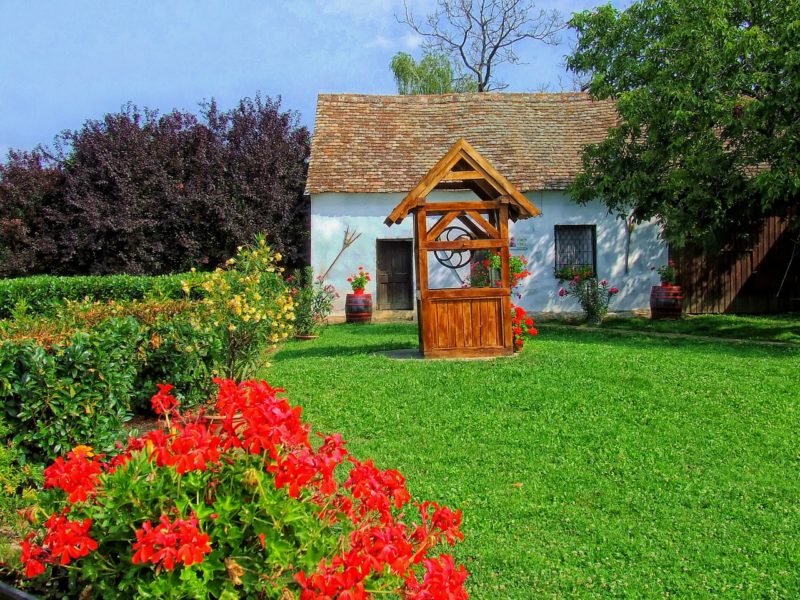Fertilizing Your Lawn in Spring – What You Need to Know
Your lawn lies dormant during the winter months. Then the spring arrives and it’s time to clear off debris, such as fallen leaves, start mowing and watering, and fertilize again. This work all helps to revitalize your lawn, in readiness for the summer ahead. Of course, you need to continue caring for your lawn, throughout the months ahead, but spring is where it all starts.
Most people apply the first fertilizer just as the grass really starts to grow properly, in late spring. This is the first of two or three applications that are made throughout the year. However, not everyone uses any fertilizer at all. Let’s start with this point. Is it necessary to fertilize?
To feed or not to feed?
Many organic gardeners do not use fertilizer at all. They believe in growing completely naturally. There is a good reason for this. The chemicals that are used in many fertilizers contaminate water and the earth.
However, there are ways of feeding your lawn without using chemicals. If you use a mulching mower, this mulches the grass that is mown and this grass then breaks down on the lawn, providing nutrients. You can also choose to invest in organic fertilizer which is made form all natural products. Whether you choose to use organic or traditional fertiliser, you need to know how much to apply and when to use it.
Start with a light dose of fertilizer
The best idea is to start by applying around half the recommended dose of fertilizer. This is because manufacturers tend to overstate the amount that you need. Your lawn should be bright and light, not dark. If your lawn is dark green, this is a sign that too much fertilizer has been applied. Excess fertilizer tends to run off. In the case of traditional fertilizers this means that you could be damaging the environment by over using.
Why late spring is the best time to fertilize
Late spring is the best time to fertilize, especially in the case of cool season grasses. When these grasses first start to wake after winter, they are still benefiting from the fertilizer that was applied the previous fall, as they build carbohydrates and grow. Late in spring, when growth is happening quickly, you should apply the fertilizer. This helps to prepare the lawn for summer when it reduces the amount of carbohydrates it produces.
Fertilizing at this time provides your lawn with a good layer of protection against the onslaught of insects, heat and lack of water that it faces during the summer months. If you have warm season grasses in your lawn, you may want to fertilize a little earlier, as soon as the grass is in full growth mode.
Following the right fertilizing process in spring is important, if you want to promote health in your lawn. During the rest of the year, cool season grasses should be fertilized once more, in fall. Warm season grasses grow and thrive right throughout the summer, so they can be fertilized once during this period and again in fall.













